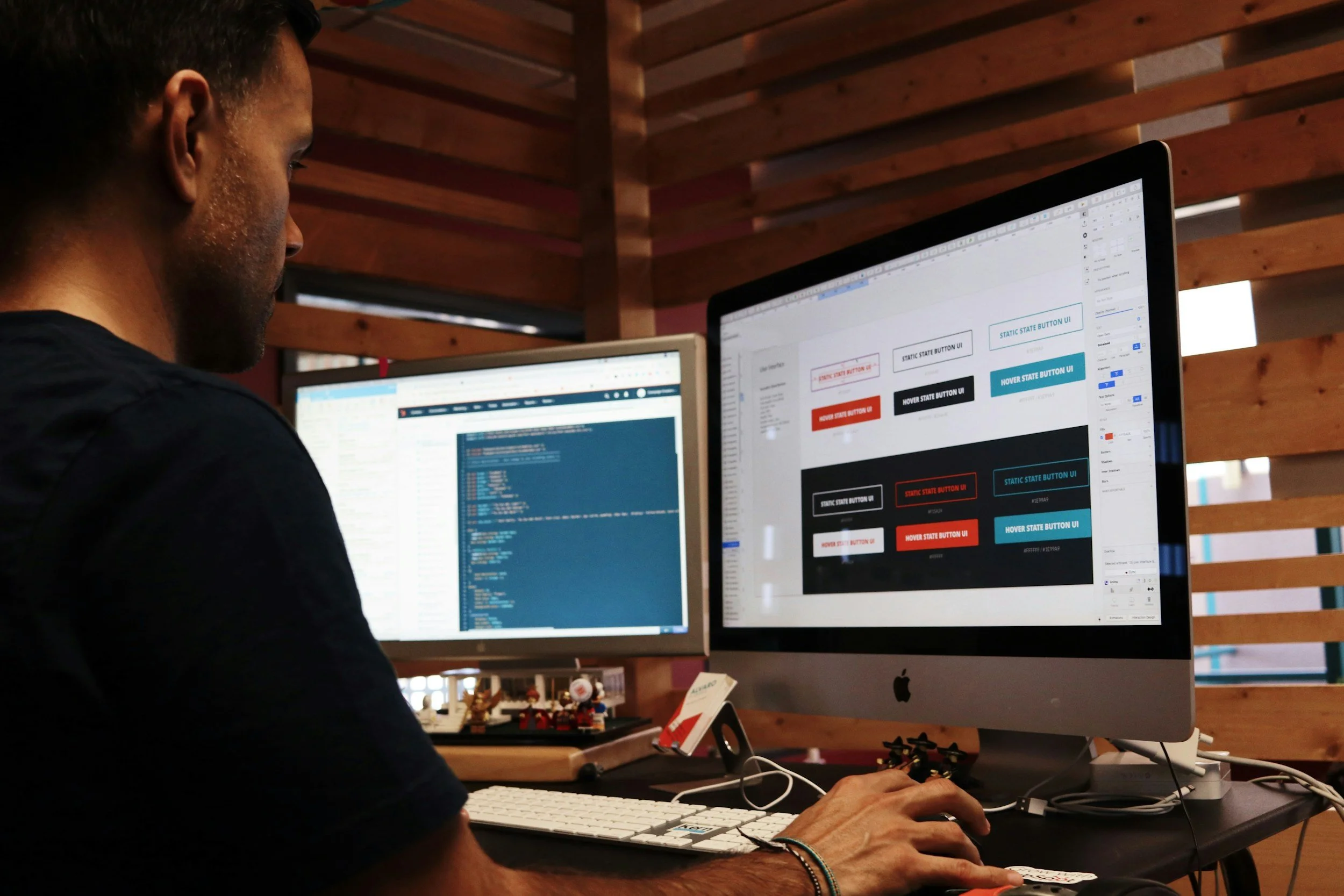How to become a web designer: Skills, tools, and career path
Introduction to how to become a web designer
If you’re exploring how to become a web designer, you’re stepping into a field that blends aesthetics, psychology, and technology. Web designers craft interfaces that are visually coherent, accessible, and aligned with business goals—work that’s both creatively rewarding and financially viable as demand for high‑quality sites continues to grow. You can start from zero and build a career through focused learning, portfolio projects, and steady iteration.
Core skills: What you need to master to become a web designer
To truly grasp how to become a web designer, build four pillars: visual design, UX fundamentals, web basics, and professional communication. Visual design covers typography scales, color contrast, spacing rhythm, and component consistency; UX focuses on navigation clarity, content hierarchy, and accessibility. On the technical side, knowing HTML, CSS, and basic JavaScript helps you design feasible, responsive interfaces, even if you use builders like Squarespace or Webflow. Strong communication ties it all together—translating stakeholder goals into design decisions that drive outcomes.
Tools you’ll use when learning how to become a web designer
Your core toolkit should include an interface design app (Figma or Adobe XD) for wireframes and components, graphics tools (Photoshop/Illustrator) for assets, and a site platform (Squarespace, Webflow, or WordPress) to ship real projects. Round things out with analytics (GA4, Search Console) to measure user behavior and content performance. A lean, well‑understood stack beats chasing shiny tools and helps you progress faster from practice to published work.
A practical roadmap: How to become a web designer step by step
Start with fundamentals, then ship real projects. Begin by learning layout systems, responsive design, and accessibility. Build three portfolio‑grade sites: a service business site (prioritize clarity and trust), a content site (readability and SEO), and a commerce or booking site (product presentation and frictionless flows). Implement on a platform, publish, and measure clicks, impressions, and conversions—then iterate based on data. This cycle—design, ship, measure, refine—is the fastest way to move from tutorials to paid work.
Portfolio strategy: Position yourself as a web designer
Understanding how to become a web designer includes learning to present proof. Curate 4–6 strong case studies with a clear structure: the problem, constraints, decisions, and measurable results. Show process artifacts (site maps, wireframes, design systems) alongside live links. Make your portfolio easy to scan, mobile‑friendly, and outcome‑oriented; clients and hiring managers prioritize clarity, consistency, and impact over sheer volume of visuals.
Specializations and career paths in web design
Once you’ve grasped the basics of how to become a web designer, consider specializing to increase your value and focus: UI/UX for complex products, conversion‑optimized marketing sites, ecommerce design, brand systems, or accessibility audits and remediation. Each lane emphasizes different deliverables—research and prototyping for product work, messaging and performance for marketing sites, checkout trust and retention flows for ecommerce. Specialization sharpens your pitch and makes it easier for clients to choose you.
Education options: Degrees, certificates, or self‑taught
You can break into web design via degrees, certificates, bootcamps, or a self‑directed path. Formal programs can provide structure and credentials, while self‑taught designers often succeed through disciplined project work and public case studies. The throughline is consistent practice and a portfolio that demonstrates real problem‑solving and user‑centered results.
Getting clients or jobs: Turning skills into opportunities
To operationalize how to become a web designer professionally, combine a credible portfolio with targeted outreach and a clear value proposition. Freelance by pitching local businesses and nonprofits with specific improvements; agency roles can accelerate process mastery and mentorship; in‑house positions deepen domain expertise and long‑term optimization. Whichever path you choose, keep shipping and documenting outcomes—you’ll build momentum and referrals more reliably than by polishing drafts in isolation.
Final take
Learning how to become a web designer is a practical, iterative journey: master core skills, use a focused tool stack, ship real projects, and present outcomes clearly. Specialize as you gain experience, measure everything, and keep refining. The field rewards designers who combine craft with clarity—and who turn ideas into live, accessible, and effective websites.






